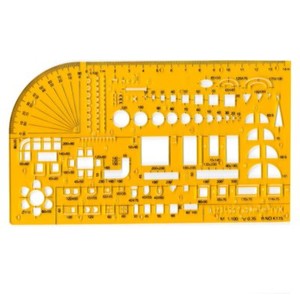

InkScape works with vector files which means that you can import your successful drawings into a CAD program, preserving some features of your initial design.


Free and open-source, under the GPL license, InkScape works on Windows, MacOS and Linux. Freehand drawing softwareĪs you begin by simply sketching out your ideas, one of the best choices is InkScape. If you stick with open-source software you really ensure that at no point in the future the program you like will not be free.

The key thing to remember is that companies often create free programs only to make them paid software later on, either partially or exclusively. You can, of course, free to hop around the Internet, trying to find similar programs that you might like better. Let’s go from the start to the end, highlighting some solid software choices for your furniture design needs. It is important to create a pipeline that maximizes the strengths of different programs to achieve the best possible result. As a result, the entire process of furniture design can be achieve using exclusively free software, and of pretty good quality to boot.įree software solutions sometimes lack certain features (although without the need to support legacy versions their development process can be faster). There are many different business models, from traditional B2B, with programs that cost thousands of dollars to open-source applications that take advantage of many years of research that the software giants such as Autodesk put into their code. And if they don’t like what they see… Yes, it’s back to the drawing board, however the digital drawing board is never too far.ĭesign applications represent one the most mature and well developed segments of the software industry. Modern furniture designers are incredibly lucky to have the tools that can take them from the early stages of doodling to a photorealistic render of the finished product – without leaving their workspace. This was only possible with the help of metal workers and other people from the aluminium industry. Only much later, Corey was able to see a working model of the chair that he tried so hard to imagine and bring into existence. This process required a lot of conceptualizing, drawing, erasing and prototyping. He immediately went home and started to work on his creation (soon to become the “Landi” chair). In 1939, Hans Corey got news of the recently announced design competition with the goal of creating a chair made out of aluminium (specifically to give a boost to the Swiss industry, heavily invested in this light and shiney metal). How to create the next masterpiece for free.


 0 kommentar(er)
0 kommentar(er)
